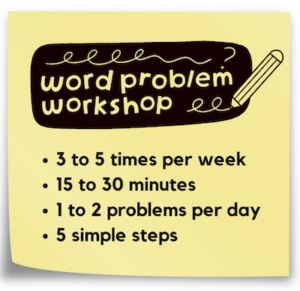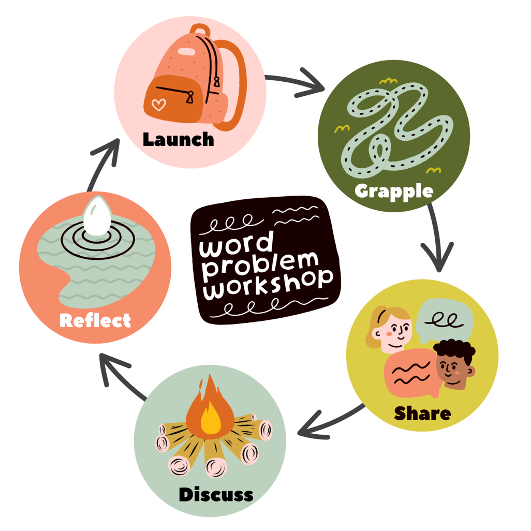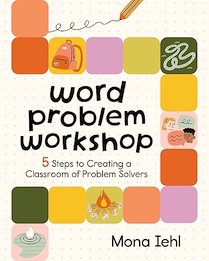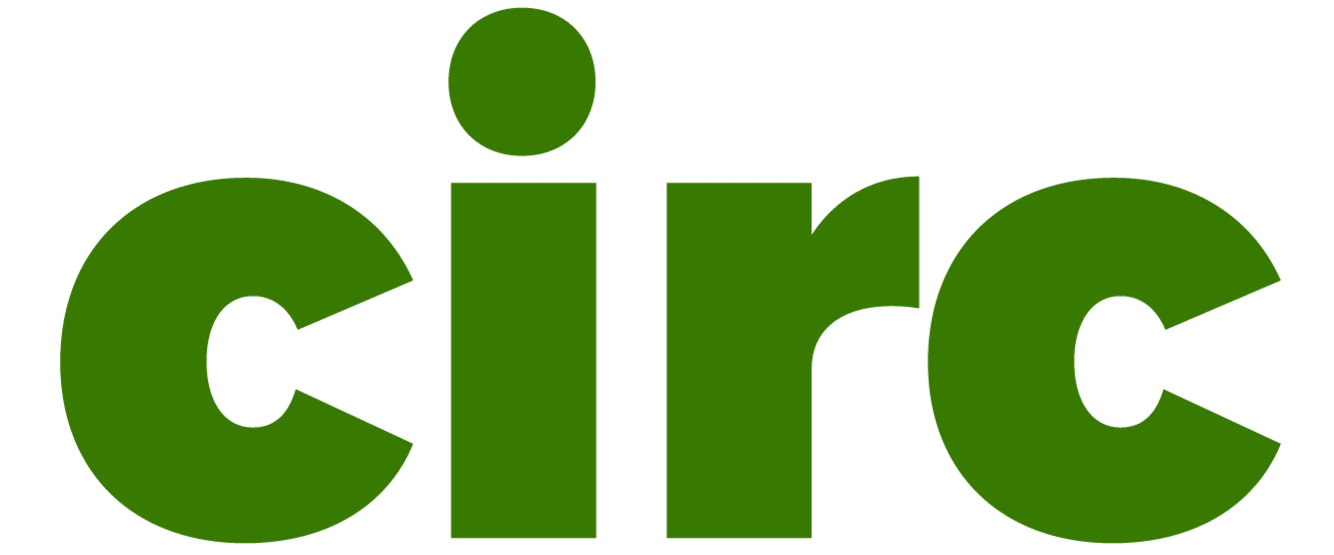By Mona Iehl
 I grew up with a skewed definition of mathematics where math meant sitting quietly, scribbling down answers as fast as possible, and parroting back the steps of the procedure when the teacher asked.
I grew up with a skewed definition of mathematics where math meant sitting quietly, scribbling down answers as fast as possible, and parroting back the steps of the procedure when the teacher asked.
Math didn’t include how my single mom budgeted, quickly calculating discounts, or figuring out which coupon would save us the most. It wasn’t the patterns we made with Perler beads or the way we stacked the Jenga blocks. Now, I see those experiences much differently – I see them as math.
After 25 years of defining math the way I came to know from school – getting correct answers quickly – I was convinced that math wasn’t for me. I wasn’t fast at computation or memorization. My strengths were in creativity, communication, and making connections to see the “big picture.” My definition of mathematics did not include those traits, so I resolved myself to being “not a math person.”
Then I was introduced to a new definition of mathematics.
I was teaching in the elementary grades. It was a simple model lesson. My math coach Linda posed a question to my students and then let them grapple with the problem, share their ideas in a discussion, and come to conclusions about what was effective. She didn’t model the steps or rely on the fill-in-the-blank questions I often used in math.
As a fourth-year teacher I was blown away. I’d never considered that math could be explored, discussed, or even fun. However, my students immediately responded to Linda’s approach – raising their hands, showing their thinking on paper (something I had begged them to do for months) and, in general, feeling more positive toward math.
Fourteen years later, after stints teaching both elementary and middle grades, my definition of mathematician includes words like problem solving, reasoning, sense-making, pattern-finding, and character-building. I now know that I’m a mathematician. I enjoy and appreciate doing hard things, trying new things by building on what I already know and can do.
But how did I get there – how did my definition of math evolve?
After that model lesson something changed in me as a teacher. I realized I was passing down to my students the same definition of math I learned in school. Even though undoing that definition was exactly what I had set out to do as a teacher! I wanted to be the teacher that did things differently, was responsive to my students and open to new approaches to learning. I wanted to show students that school was relevant to their lives. That they could use school to achieve the dreams and aspirations they held. I was mostly successful in achieving my objective in every subject but math.
But that day with Linda I saw what was possible in math, and it made something click for me. Math, like everything else I taught, wasn’t just about just telling kids what to think. Math was about inviting kids to think, explore, and reflect to learn deeply.
 So I set out on a multi-year journey to discover the research-based best practices in math education. I discovered a few books that shaped my approach. Children’s Mathematics: Cognitively Guided Instruction (Carpenter, et al) taught me that kids have innate expertise and problem solving abilities from a young age that can be capitalized on in math class. Principles to Action: Ensuring Mathematical Success for All from NCTM outlined a structure for math instruction based on a strong learning goal, a corresponding math task, and a rich mathematical discussion.
So I set out on a multi-year journey to discover the research-based best practices in math education. I discovered a few books that shaped my approach. Children’s Mathematics: Cognitively Guided Instruction (Carpenter, et al) taught me that kids have innate expertise and problem solving abilities from a young age that can be capitalized on in math class. Principles to Action: Ensuring Mathematical Success for All from NCTM outlined a structure for math instruction based on a strong learning goal, a corresponding math task, and a rich mathematical discussion.
With support from Linda, my math coach, and what I was learning through research, I began developing what I came to call Word Problem Workshop – a daily problem solving routine that helps build a classroom of problem solvers who learn and grow together in math.
Are you doing mathematics or school math?
Consider what type of math is happening in your classroom: real mathematics or school math.
School math is what we often picture – worksheets, strategies we teach and students practice, using techniques and procedures to find answers. It often involves contrived scenarios that try to make math feel “relevant” to students’ lives.
But real math happens all around us, every day. When the 2-year-old chooses the bigger piece of cake, leaving her 4-year old brother with the smaller piece. Or when the 5th grader sits silently, considering the best angle to convince his mom he should have just ten more minutes of screentime – comparing his weekly usage charts on his iPad. Or when I handed my four year old daughter a sheet of stick-on earrings and she immediately noticed they were in pairs and started exploring how to count them by 2s.
Children don’t need us to teach them how to begin to make sense of the world – that’s what they naturally do best. What we must do is harness that innate problem solving and sense-making. We must provide a safe, welcoming space for students to explore, reason, and share the ideas they already carry inside of them.
That’s the shift – from a classroom where students “do math” to a community where they solve problems together, joyfully.
Word Problem Workshop – 5 Steps to Do Math Every Day!
In my current role as a coach, it’s my goal to equip teachers with the tools to create a classroom of problem solvers. A classroom where students are free to pursue a problem, make mistakes, grapple with complex aspects of the puzzle, use what they know, and also discover what their peers know and leverage that to improve their own approaches.
This might sound chaotic compared to a typical “school math” classroom. But imagine a place where students follow a routine, knowing what to expect each day. When the timer goes off, they know exactly what to do. Every child engages in conversations about their reasoning and every student’s paper shows their thinking. What would it feel like to never have to respond to the age-old question, “Do I have to show my work?” because students are eager to share their approach with the class.
This is the type of problem solving community we can create with Word Problem Workshop model – a daily problem solving routine for building confident problem solvers and transforming our classrooms into a student-centered environment for mathematical exploration and deep learning. A Word Problem Workshop classroom begins with students tackling a complex problem to solve, facilitated by an educator with a clear learning goal, a teaching plan, and a willingness to be the guide on the side. Middle grades teachers I’ve coached to use this approach have reported almost immediate changes in their students’ disposition toward mathematics.
A Word Problem Workshop classroom begins with students tackling a complex problem to solve, facilitated by an educator with a clear learning goal, a teaching plan, and a willingness to be the guide on the side. Middle grades teachers I’ve coached to use this approach have reported almost immediate changes in their students’ disposition toward mathematics.
When we convince students that we believe they are capable of doing hard things by giving them the space to figure things out and make mistakes, students’ confidence grows. We don’t have to show them how to do hard things or give them a list of steps to follow. As their trusted guide, we start by assuring them, supporting them, and reminding them of their ability to grapple with hard problems.
While I was developing my workshop model, my principal carried out my scheduled teacher evaluation. “I can tell you’re working on this,” she said. “I know it is going to be really great because you’re dedicated and you have a plan. I’m excited to see what you’re going to do.”
Her words helped me stay committed to improving. She served as my trusted guide. If she had given me a list of steps to follow, my motivation would not have been the same. She communicated trust in me, belief in my potential, and an understanding of my journey. That’s the kind of facilitator our students need us to be.
By stepping into the role of facilitator and using the 5 steps of Word Problem Workshop, you can transform your classroom into a space where students feel empowered to think independently, draw on their own expertise, and take risks in their learning – ultimately expanding their definition of what it means to truly ‘do’ math.
 Mona Iehl is an elementary educator who transformed her approach to teaching math by embracing student-centered methods that foster curiosity and engagement. She has captured her process in her new book, Word Problem Workshop: 5 Steps to Creating a Classroom of Problem Solvers (Routledge/Stenhouse, Fall 2025), available for pre-order. Mona now coaches educators to create inclusive math classrooms where all students develop deep, lasting problem-solving skills. Follow her Math Chat Podcast and connect with her online @HelloMonaMath.
Mona Iehl is an elementary educator who transformed her approach to teaching math by embracing student-centered methods that foster curiosity and engagement. She has captured her process in her new book, Word Problem Workshop: 5 Steps to Creating a Classroom of Problem Solvers (Routledge/Stenhouse, Fall 2025), available for pre-order. Mona now coaches educators to create inclusive math classrooms where all students develop deep, lasting problem-solving skills. Follow her Math Chat Podcast and connect with her online @HelloMonaMath.


